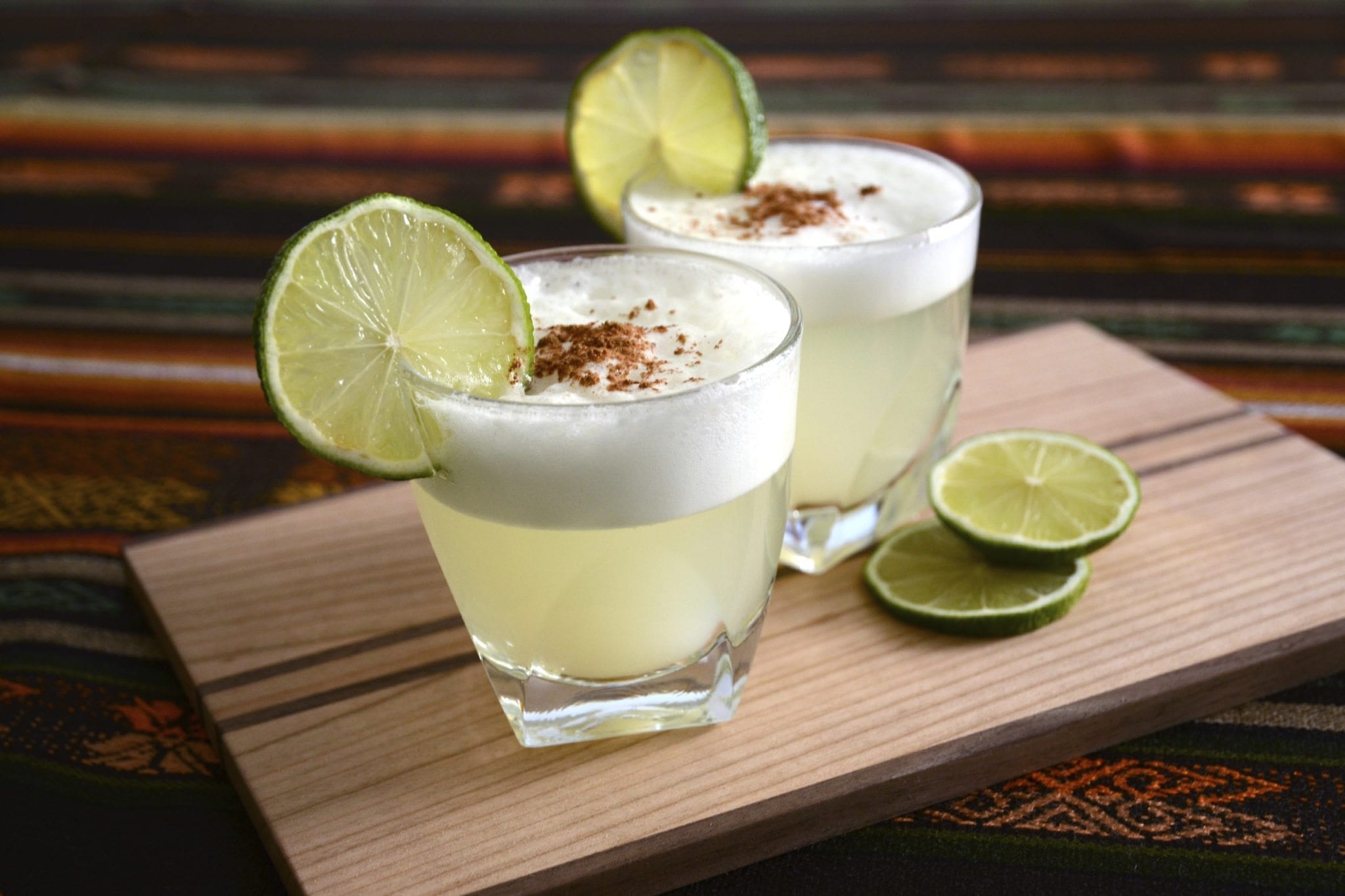Pisco has always been—and still is—the favorite alcoholic drink of Peruvians, whether they’re at home or abroad.
But where does this iconic drink come from? Who makes it?
The answer: La Caravedo—a place where wine tourism, historical legacy, future vision, and an unwavering commitment to quality are part of everyday life.
With more than 330 years of pisco-making tradition, La Caravedo opens its doors to visitors as the stadium where some of the finest and most legendary “home runs” of pisco production have been made.
Before many of today’s famous spirits like gin, vodka, or even rum ever existed, pisco was already being crafted at La Caravedo. Its strong vineyards and signature orange-colored walls are home to the oldest distillery in the Americas.
Founded in 1684, this estate has witnessed the Spanish conquest, colonial rule, independence wars, the rise and fall of countless governments, the Industrial Revolution—and now, the age of technology and innovation.
And yet, some traditions haven’t changed at all. The method for pressing grapes and even some of the tools used remain as they were centuries ago. “We press the grapes, extract the juice, ferment it into wine, and then distill that wine in a copper pot still (called falcas),” explains Johnny Schuler, in what he calls the process of “the finest spirit ever made.”
It was Peruvian historian Lorenzo Huerta who discovered the original deed of sale for La Caravedo, dated 1684, and located in what is now the Quilloay area—a major historical find!
Roque Caravedo acquired the estate through that contract, but 121 years earlier, it had belonged to Francisco Sánchez Rebatta, its original owner. Fast forward to 2009: the property was purchased by a group of American investors who gave it new life under the brand name Portón, becoming the architects behind the modern DNA of the pisco made there today.
Though Pisco Portón has only been producing here for seven years, it builds on 333 years of know-how. And with over 150 international awards, the quality speaks for itself.
Known in Peru as “the drink of the gods,” pisco comes in three varieties: Puro, Mosto Verde, and Acholado.
Visitors can learn how it’s made through a fun and informative tour that begins in a courtyard displaying the eight types of grapes used to make any variety of pisco. From there, the experience feels a bit like stepping into a pisco version of Charlie and the Chocolate Factory.
True to American style, when they invest—they go big. The result? Ancient traditions and deep-rooted history now flow through the veins of a sleek, modern, and state-of-the-art operation.
The distillery is equipped with high-tech systems capable of storing up to 50,000 liters, operating at full capacity. Its exterior keeps that iconic colonial look, but inside, it’s cutting-edge and modern in every way.
Still, the soul of tradition is very much alive. Grapes are still crushed the old-fashioned way, eco-friendly pot stills are used, and gravity distillation remains a core technique. The estate is also open to the public for tours, tastings, and educational experiences.
After a smooth tasting session—with no hangover—you’ll understand why this spirit is called “the drink of the gods.” You’ll want to savor every last drop.



